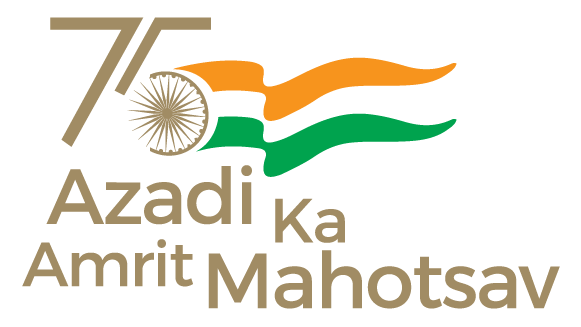
Shri Anurag Singh Thakur, Hon’ble Minister of Information and Broadcasting, and Youth Affairs & Sports, released the ‘Revised Policy Guidelines for setting up Community Radio Stations in India’ on the occasion of ‘World Radio Day’ during the Regional Community Radio Sammelan (South) on 13th February 2024 at Anna University, Chennai. Shri Anurag Singh Thakur delivered the keynote address, with Dr. L. Murugan, Hon’ble Minister of State for Information and Broadcasting, giving the special address during the inaugural ceremony.
Speaking on the occasion, Shri Thakur highlighted the importance of community radio in his keynote address:
“Community Radio Stations offer a platform where content is disseminated in localised dialects and regional languages. Local, context specific issues are raised and discussed in these stations in local idioms. The Government is committed to its mantra of Sabka Saath, Sabka Vikas, Sabka Vishwas and Sabka Prayas. It is important to realise the importance of community radio in this direction. Our Hon’ble Prime Minister in his ‘Mann ki Baat’ has shown through personal example how important the radio medium is, in both speaking to and listening to the public. Each CRS is a reflection of the local model that has been built over the years and the experiential learnings that have been collected and shared.”
Dr. L. Murugan, Hon’ble Minister of State for Information and Broadcasting, in his special address stated that
“Community Radio is a pioneering concept and provides a platform to unheard voices from the community. These stations are one of the best ways to reach out intimately and directly to the people as these stations create locally relevant programmes useful to the community. There cannot be a better way of reaching out to the community than through the relatively inexpensive medium of community radio stations. There is a huge potential to set up many more community radio stations in India, given the vast landscape of this country.”
The two-day Regional Community Radio Sammelan for southern Community Radio Stations (CRS) also marked completion of 20 years of Community Radio in India. More than 100 CRSs of the Southern States/UT are attending the Sammelan along with other Community Media experts. The Sammelan gave an opportunity for capacity building to the CRSs, along with providing them a platform to interact with each other.
Community Radio is an important third tier in Radio Broadcasting, distinct from Public Service Radio broadcasting and Commercial Radio. Community Radio Stations (CRSs) are low power Radio Stations, which are meant to be set-up and operated by local communities. India’s first Community Radio was inaugurated in the year 2004 on the Anna University campus. Currently, there are 481 CRSs in India, and in the last two years, more than 133 CRSs have become operational.
In December 2002, the Government of India approved a policy for the grant of licences for setting up of Community Radio Stations to well established educational institutions, including IITs/IIMs. The matter was reconsidered in the year 2006 and the Government decided to broadbase the policy by bringing ‘non-profit’ organisations like civil society organisations, voluntary organisations, etc, under its ambit in order to allow greater participation by civil society on issues relating to development and social change. The revised Policy Guidelines were issued in the year 2006, and subsequently amended in the years 2017, 2018, and 2022.
To ensure financial sustainability of Community Radio Stations and to ensure growth of the Community Radio Sector, the Government has carried out further amendments in the Policy Guidelines. Salient features of the Revised Policy Guidelines are as under:
- An eligible organisation/ institution that operates in multiple districts shall be allowed to set up a maximum of six (6) CRS in different districts of operation, provided it fulfils certain conditions laid by the Ministry.
- The initial time period for the Grant of Permission Agreement (GOPA) increased to ten (10) years.
- Advertising time for CRSs is increased from 7 minutes per hour to 12 minutes per hour.
- Rate of Advertisement has been increased from Rs. 52 per 10 sec to Rs. 74 per10 sec for Community Radio Stations.
- Validity of Letter of Intent issued to an Organisation has been fixed to one year. A buffer of three months is also given to the applicant for any unforeseen circumstances.
- Timeline for the complete application process is fixed.
The revised Policy Guidelines is expected to fuel growth for the Community Radio sector. Further, provisions for participation of women in content creation, viz. at least half of the Advisory and Content Committee members should be women, have also been added in the Revised Guidelines to encourage women in the sector. The policy guidelines are available on the website of the Ministry www.mib.gov.in
******
Saurabh Singh


